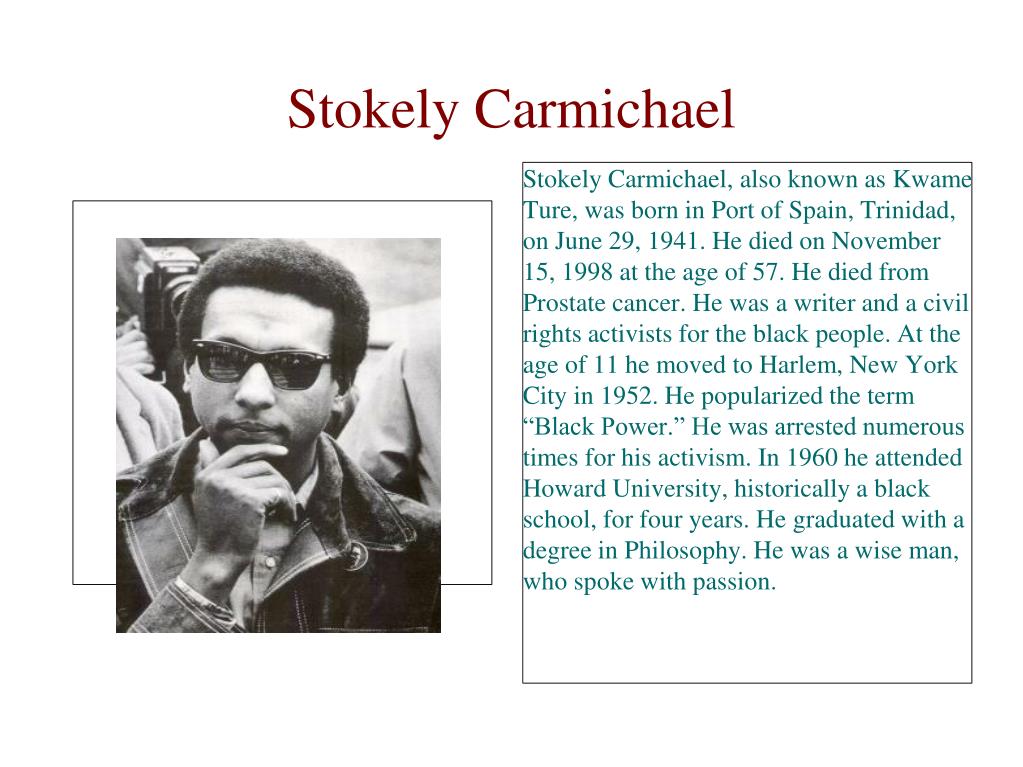

In the following year, Carmichael’s successor H.

Carmichael’s speech in Greenwood showed that, after nearly two years of internal debates, the organization was ready to publicly announce its decision: SNCC was going to adopt a politics of self-defense and self-determination in order to take back control over black communities, thus joining the growing black nationalist branch of the freedom movement. Whereas some members wished to remain faithful to SNCC’s original framework and dedication to nonviolence, others had lost faith in the old system and wanted to embrace more radical forms of antiracism. These discussions emerged in the aftermath of the violent responses to their summer activities, as well as the massive influx of white volunteers and recent changes in its institutional structures. When it was his turn to take the stage, the chairman of the Student Nonviolent Coordinating Committee (SNCC) announced a new direction for his organization: Black Power.Įver since the Mississippi Summer Project of 1964, also known as the Freedom Summer, SNCC had been divided over its future direction. That month, no speech stood out as much as Stokely Carmichael’s on June 16 at a rally in Greenwood. Many prominent Civil Rights leaders took over his march along the 220-mile route through the Mississippi Delta, speaking in several cities and helping many African Americans register. They rushed to the southern state after James Meredith, who had planned to do a solo March Against Fear to encourage black voter registration, was shot and wounded two days into his journey. In June of 1966, Civil Rights activists from around the country gathered in Mississippi to organize black communities in support of their newly acclaimed voting rights. From Civil Rights to Black Power: The Radicalization and Decline of the Student Nonviolent Coordinating Committee (SNCC)


 0 kommentar(er)
0 kommentar(er)
